Cao Fei’s important group exhibition, how does the Internet shape contemporary art?
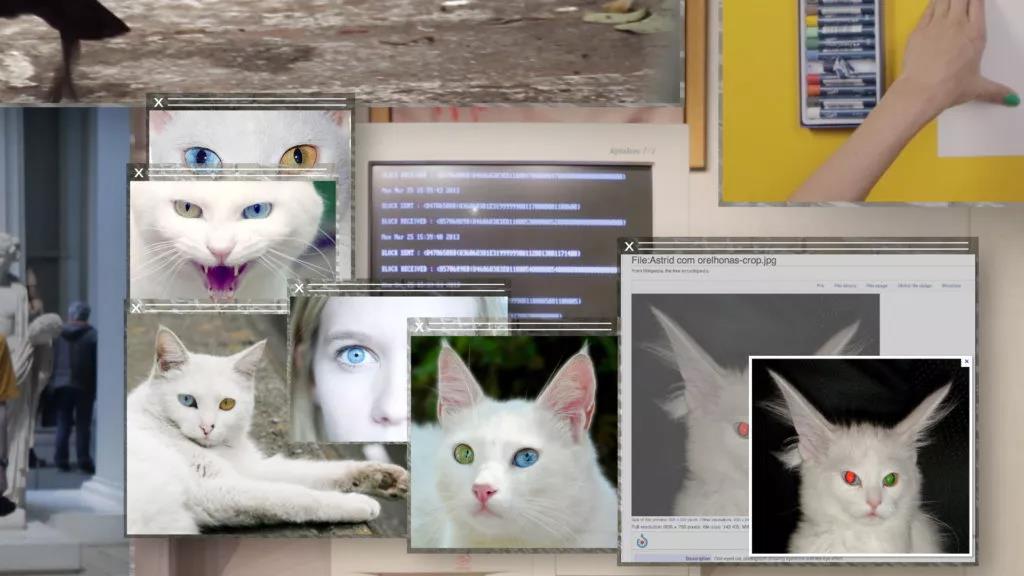
Camille Henrot, Grosse Fatigue, 2013. Photo: Courtesy the artist, Silex Films, and kamel mennour, Paris/London; © 2016 ADAGP Camille Henrot
In 1989, Tim Berners-Lee, who was working at the European Particle Physics Laboratory in Geneva, Switzerland, invented the World Wide Web, which is undoubtedly the most profound of our culture in the last three decades. The invention of influence. But so far, the discussion on the issue of the impact of the Internet on art, the museum is still slowly responding. Next week, an exhibition will be held at the Institute of Contemporary Art (Boston), claiming to be the first large-scale art gallery exhibition on how the Internet has shaped contemporary art.
The exhibition "Art in the Age of the Internet" (1989 to Today) looks very ambitious and includes works by more than 60 artists, including Harun Farock, Ed Atkins, Pierre. Huyghe and Cao Fei et al. The media used in the exhibits are also diverse, ranging from digital works (such as Hito Steyerl and Camille Henrot's video essays, or Sondra Perry's virtual workbench) to Internet simulations (Thomas Ruff blurs online pornographic images). Works, and paintings by Albert Oehlen and Laura Owens).
"We see the Internet as a social structure," said Eva Respini, chief curator of the Boston ICA. She organized the exhibition with Jeffrey De Blois, who was recently promoted to assistant curator. “We define the Internet as a set of relationships that change all aspects of our culture, including how we eat, how to date, how to shop, how to travel, and how How to watch."
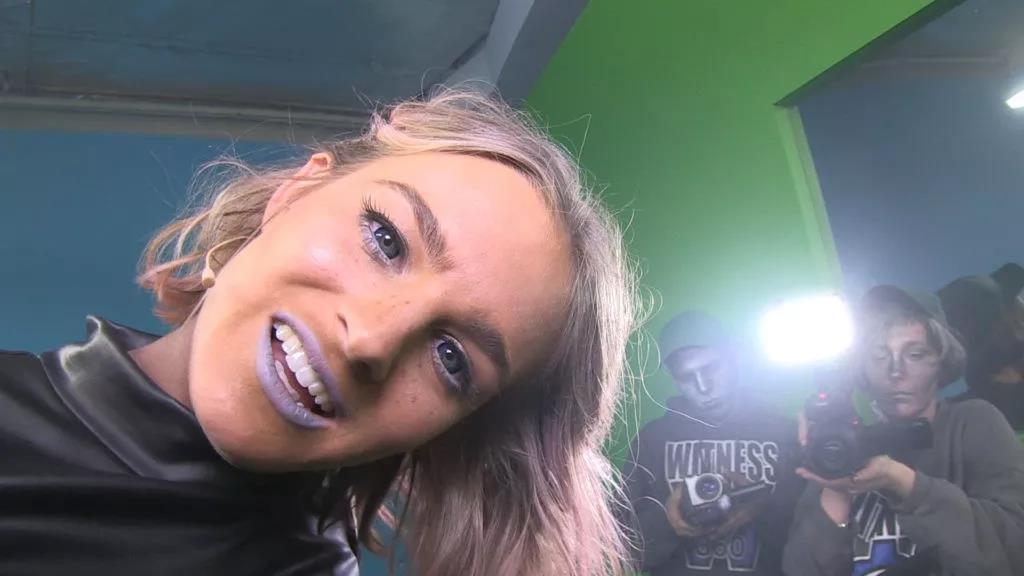
Lizzie Fith/Ryan Trecartin, Permission Streak (screenshot), 2016. Photo: Courtesy the artist, Regen Projects, Los Angeles, and Sprüth Magers;© Lizzie Fitch/Ryan Trecartin
Jon Rafman's new VR project is destined to become a favorite of the audience. In a room overlooking Boston Harbor, visitors will wear glasses to enter an 8-minute virtual journey, swimming underwater or on water in a post-end world.
Of course, this exhibition also appropriately moved the exhibition hall outside the museum. It is an important part of a series of art and technology exhibitions held at 14 institutions in the Boston area this winter, and the Olia Lialina and HOWDOYOUSAYYAMINAFRICAN® portfolio will be on the museum's official website during the show.
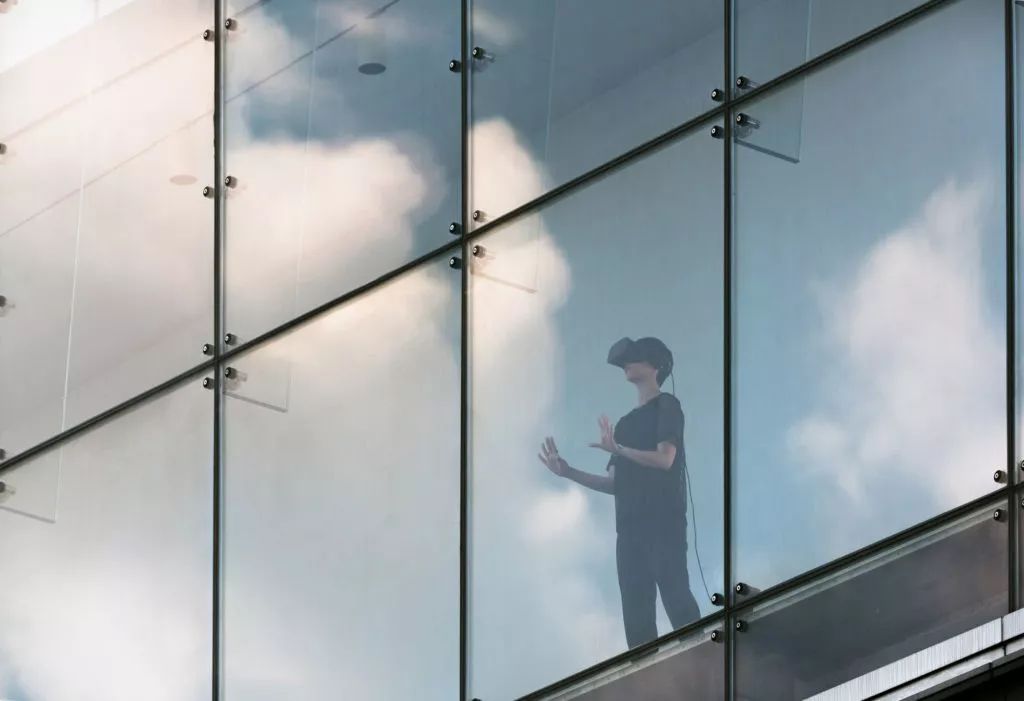
Jon Rafman, View of Harbor, 2017. Photo: Courtesy of the artist; by Matthew Monteith; © Jon Rafman
The exhibition also raised a lot of thorny questions: How does the way information spread on the Internet affects our understanding of information? How has the Internet changed our relationship with our body? How did it change the discussion about identity?
However, for the curator, the most difficult problem is also the most practical one: as an art museum, how to effectively deal with these problems when many works are non-physical? How do you plan an exhibition that presents art that shouldn't be displayed in the white box space, and in many cases these works of art question the effectiveness of the museum system? Can we make a reasonable and consistent statement about this broad and diverse subject?
“This is not an exhibition presented in technology...it is an exhibition that discusses technology,†explains Respini. “The network has been around us for a long time, and now we can take a step back and test how it has changed the production of art. ."
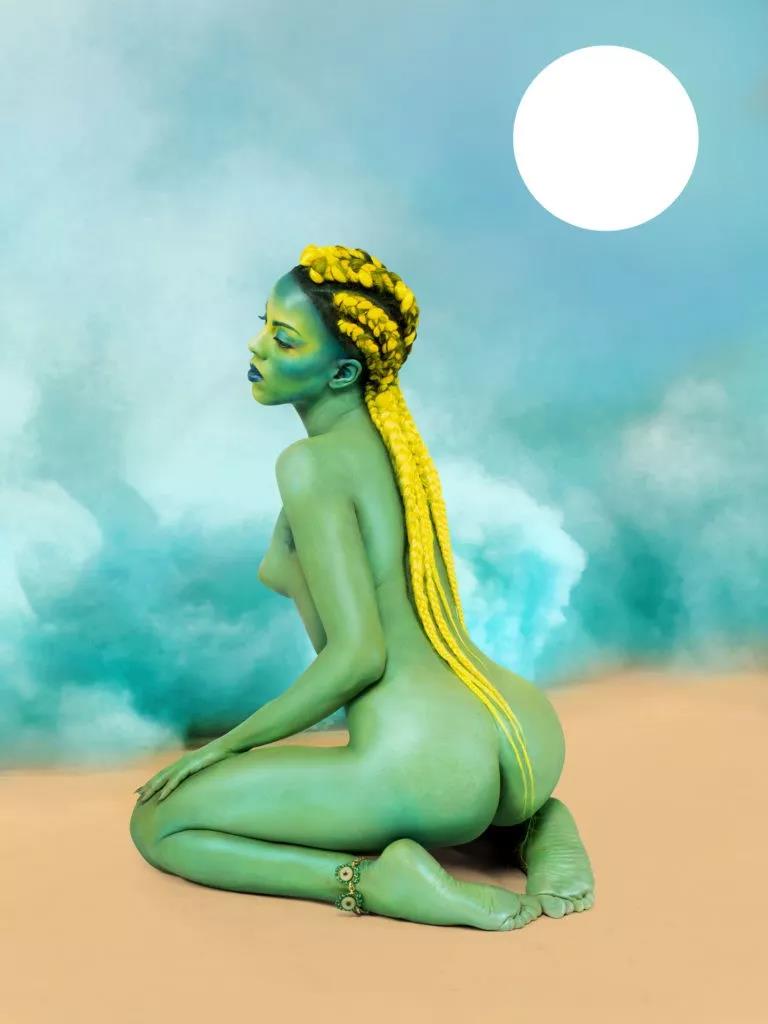
Juliana Huxtable, Untitled in the Rage (Nibiru Cataclysm), 2015. Photo: Courtesy of the Solomon R. Guggenheim Museum, New York;©Juliana Huxtable
This exhibition takes 1989 as the origin of time, partly because this year is the year of the birth of the Internet. Of course, before the emergence of computers, there are also the birth of the Internet, and they have an impact on art. But for Respini, 1989 "represents a decisive moment in contemporary times. That year the World Wide Web was born, and (some would insist that) that year was also the beginning of globalization. The Berlin Wall collapsed, the first GPS work The satellite launch was successful... these happened in that year."
Globalization is a theme interspersed throughout the exhibition, with artists from 21 countries participating in the exhibition. "We don't want to assume a worldview of the Internet in our own eyes," Respini said. “We are more inclined to think of the Internet as a phenomenon around the world. But the fact is that the world’s population with access to the Internet is only 40% of the total population.â€
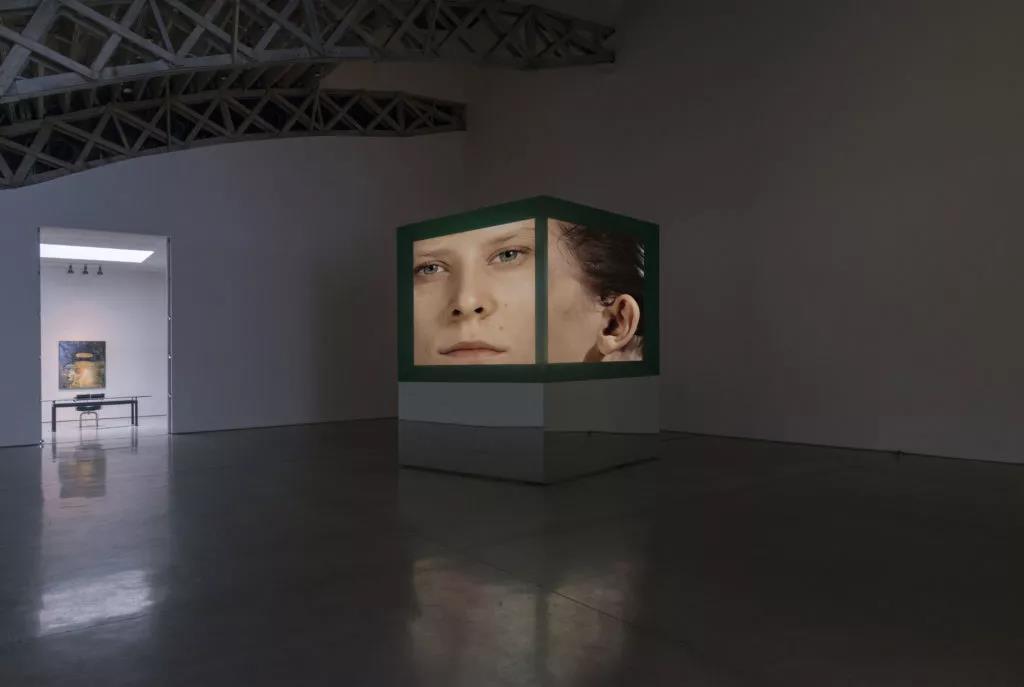
Judith Barry, Imagination, dead imagine, 1991. Photo: Courtesy of the artist and Mary Boone Gallery, New York; by Adam Reich. © Judith Barry
The exhibition also explored how the people's perceptions of the Internet have changed as we sneak into our lives in unexpected ways.
"Some people think that the Internet has a utopian possibility - such as Bai Nanzhun, whose work has foreseen that the future world will be completely connected," Respini said. “Other people’s views are more dystopian, and this view is now spreading – such as algorithmic bubbles, fake news, and people like YamsCollective discussing the role of radicalism and we’re all about everything. What do you think about the ideas you can see online? But in fact, this is impossible.
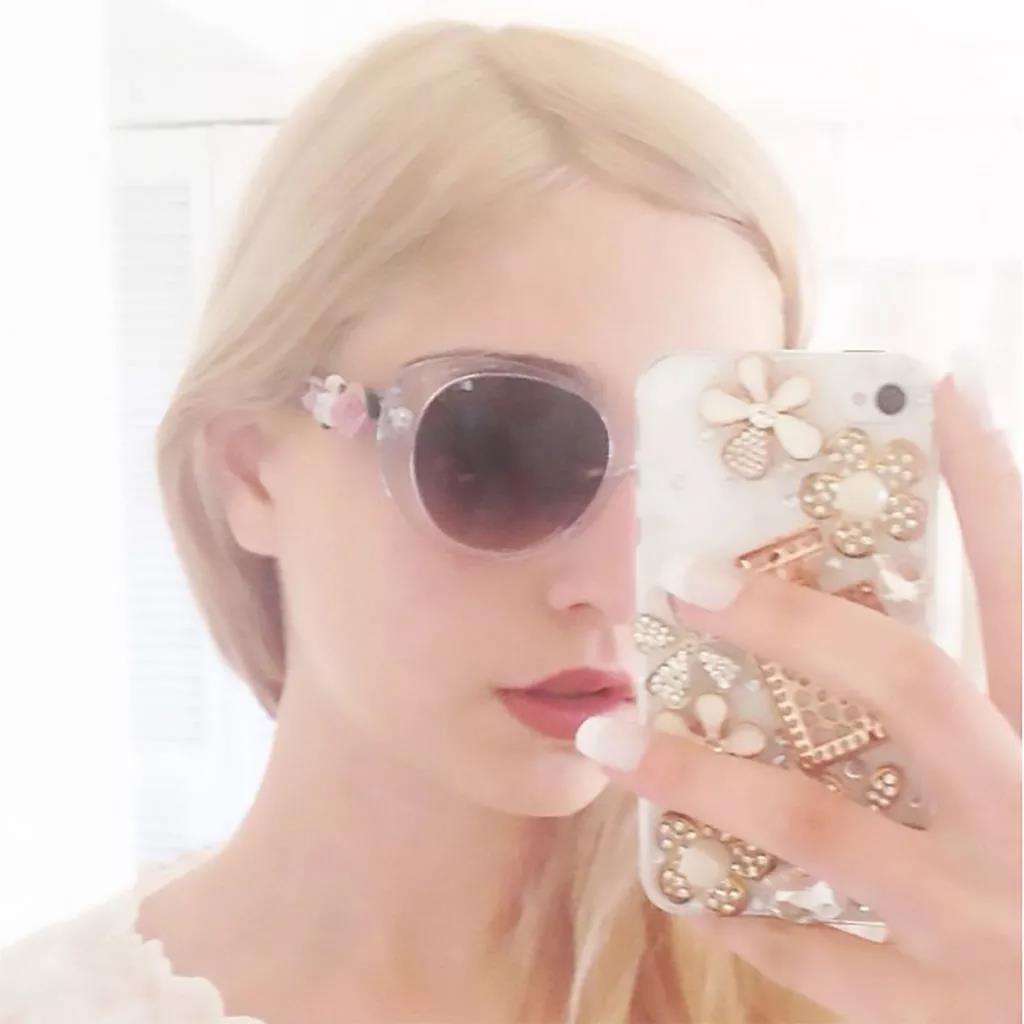
Amalia Ulman, "Excelences and Perfections" (Excelreneces & Perfections (Instagram Update, 27th May 2014), (Matching!!), from the "Excellences & Perfections" (2015) series. Image: ©Amalia Ulman
"From 1989 to the present, the art of the Internet age" will open on February 7 and continue until May 20, 2018. Address: 25 Harbor Shore Drive, Boston
Want to know more about copper carving prices, copper carving wholesale, bronze sculpture joining, copper carving procurement related information, can visit http://tongdiao.99114.com/
Polyester Cotton Woven Ribbons
Natural and durable: The twill webbing is natural in style, durable, and has good air permeability. It can be washed and is not easy to break, bringing you a different experience
Beautiful textile accessories: Natural webbing is a good textile accessory, suitable for making flags, weddings, birthday parties, making piping, binding seams, finishing raw edges, and wrapping all kinds of fabrics. It is a decorative and practical tape in your life.
Easy to fit: the herringbone twill tape is long enough, scissors can cut the length you want, different width options also make things easier, easy to fit, to meet your different needs
Multiple uses: You can apply twill tape in various ways, including crafts, strapping, packaging, home furnishing, decoration, clothing making, textile accessories and many other sewing items, just apply it in your own way
Woven Ribbon,Polyester Cotton Woven Ribbons,Striped Woven Ribbons
Yangzhou Youju E-commerce Co.,Ltd , https://www.yzxygarments.com
